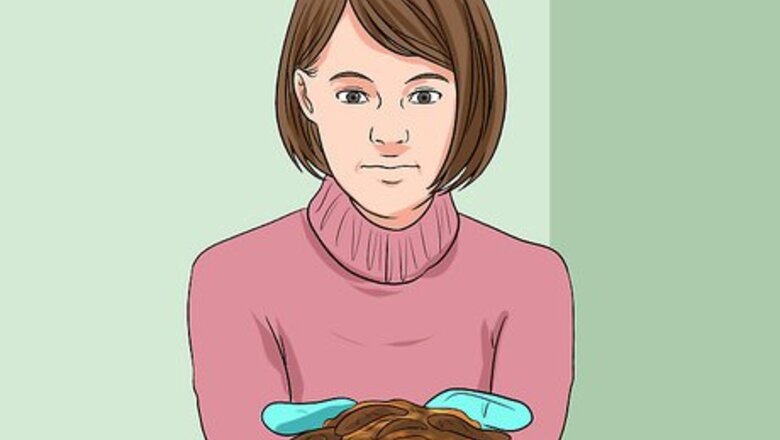
views
Keeping Worms in the Refrigerator
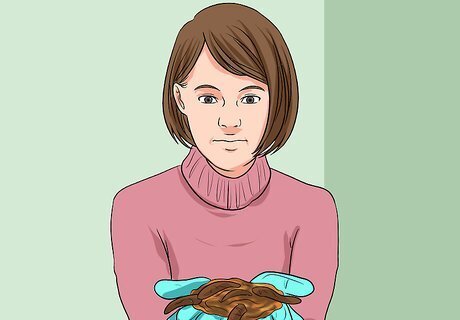
Decide whether this method is right for your worms. This technique works best for small amounts of worms that will be used within a month. For example, if you bought a small cup of worms for a fishing trip and didn’t use all of them, you can store them in the refrigerator until your next trip. If you have a large box with over one thousand worms, you need to store your worms in a worm box instead.
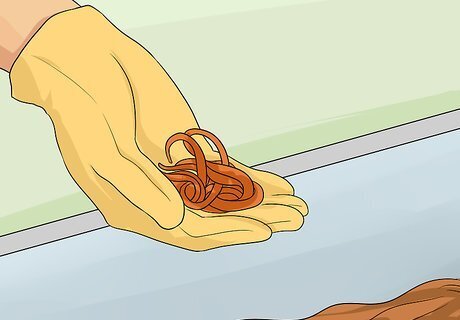
Place the worms in an opaque plastic or Styrofoam container. If you use a clear plastic container, light will filter through the soil and confuse the worms. Make sure you include any soil or newspaper shreds that came with your bait. If the worms were purchased in a suitable container you don’t need to move them.
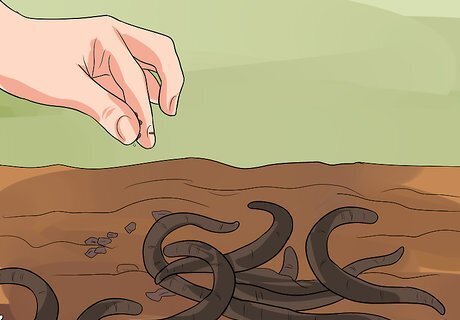
Feed your worms about once a week. Sprinkle two to three tablespoons of used, damp coffee grounds into their container. Try to evenly distribute the coffee grounds throughout the cup. You can also feed them powdered worm food by sprinkling a few teaspoons over the top layer of worms. Powdered worm food can be purchased at most bait supply shops. Wait until all of the food has been eaten before feeding the worms again. If you over-feed them, they will die.

Store them in the refrigerator. Close the container to retain moisture and place your worms in the refrigerator. Check on your stored worms every few days to make sure they’re well-fed and the bedding is moist. If needed, sprinkle a few drops of water into the container to hydrate the worm bedding.
Storing Worms in a Worm Box
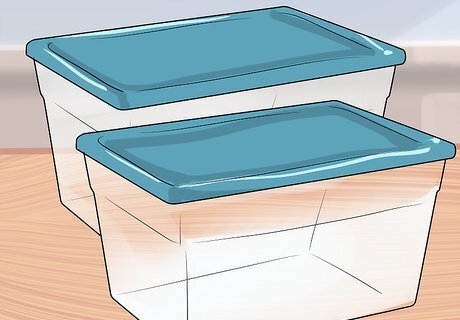
Prepare a large plastic bin. Choose a bin that’s large enough for all of your worms. You should provide at least one square foot of space for every 1,000 worms. Drill holes in the sides and bottom of the bin to allow water to drain well. Buy large plastic concrete mixing bins at your local hardware store or purchase a plastic storage bin at a container supply store. You can also build your own wooden worm box. Put tiny holes in the top of the lid to help with air circulation.

Fill the box with soil. You can either purchase commercial worm bedding or use potting soil. The soil should be moist but not wet. If the soil is too wet, the worms will suffocate. To test the moisture of the soil, grab a handful of soil and squeeze it. Properly moist soil will only release a few drops of water. If too much water is released, let the soil dry some before adding the worms. If the soil is too dry, spray on some water and mix it in with your hands.
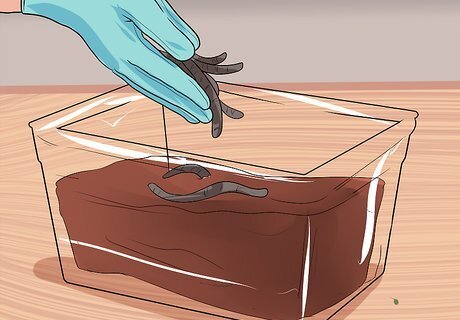
Dump the worms into the worm box. The worms will find their own way into the dirt. This process may take an hour or so. If a few hours pass and the worms are still on the surface of the worm box, your soil may be too wet or you may have put too many worms into your box.
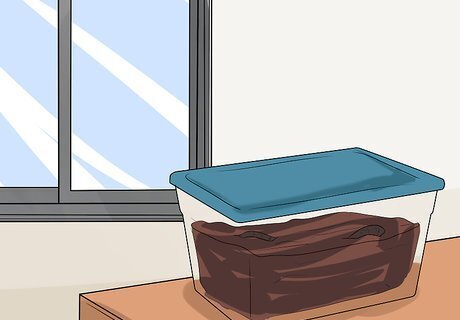
Store the worm box in a cool, shady place. If possible, bury the worm box in a shady spot outside, leaving about two inches of the box above ground. If you can’t store the worms outside, keep them under your kitchen sink, in your basement, or in a closet.
Caring for Worms in a Worm Box
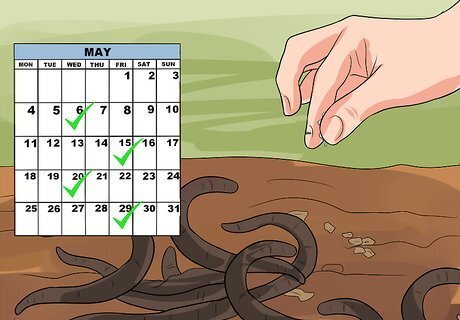
Feed them about once a week. You can purchase a powdered worm food from a bait supply store or make your own worm food by blending fruit and veggie scraps, coffee grounds, or eggshells. To feed the worms, sprinkle a light layer the worm food over the top of the worm box. Wait until all of the food has been eaten before feeding them again. Don’t mix the food into the soil. This can harm your worms. Avoid feeding your worms citrus fruits, spicy food, meat and dairy products, bread, and oil.
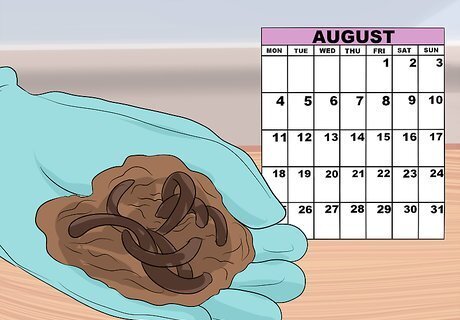
Harvest your worms at least once a month. To do so, simply reach into the worm box and gently scoop out a handful of worms. Place the worms in a covered container, taking care to keep the majority of the soil in the worm box. Either take the worms fishing immediately or store them in the refrigerator for up to a week. Discard any leftover worms from your fishing trip by releasing them into a shady section of your garden. Harvest worms before feeding them to avoid mixing the food into the soil.
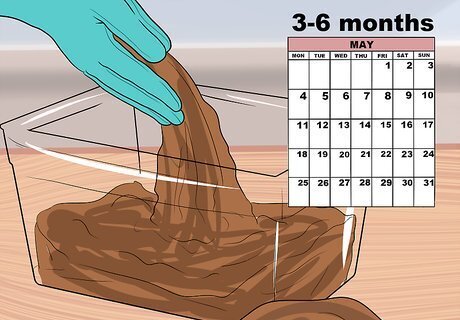
Change out the soil every 3-6 months. If you don’t, the worms will get sick and die. Remove all of the worms from the worm box into a bucket. Next, scoop out all of the old soil or bedding and replace it with new moist soil. Once you’ve finished, dump the worms back into the worm box. Wait for the worms to reintegrate into the soil before feeding them again. The old dirt can be used as a fertilizer in your garden.












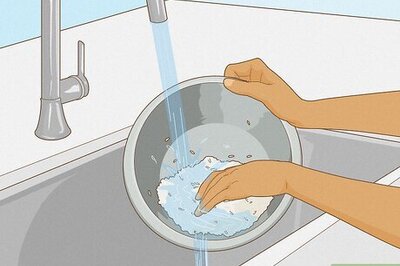




Comments
0 comment